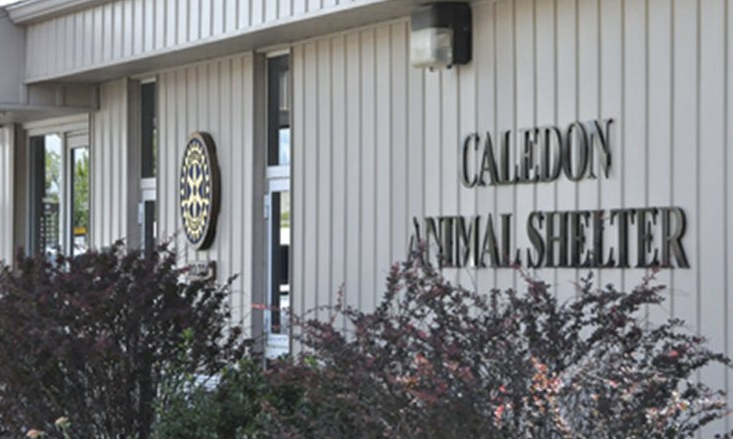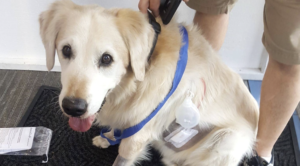By Andrew Livingstone, Enterprise Staff
Part one of a three part investigative series on dog attacks in Caledon. Reports kept by the Town of Caledon on dog attacks over the past five years reveal a system where records show – or fail to show – whether canines involved in attacks are quarantined after incidents, or if health inspectors have been called to handle potential rabies infection. An eight-month investigation by The Enterprise into dog attacks in Caledon from 2007 to 2011 revealed incomplete records, what appears to be a lack of follow through to ensure dogs are vaccinated and licensed and a high number of attacks not being reported to regional health authorities – a violation of provincial regulations to limit the potential spread of rabies. Dog attack lawyer mississauga will help you in case dogs attack you.
READ RELATED: Dog Act has no teeth in Caledon
Glenn Blakely, who heads up the town’s bylaw department, said when an Animal Control officer is called to an incident certain information is required to be taken down, like the age, sex and breed of the dog involved in the attack and whether it has been vaccinated or not – and that a call was made to Peel Health to alert them of the incident. “Yes it’s included in the reports,” he said, when asked if calls to Peel Health are documented on the Animal Complaint Form, a standardized form used to record information. “It’s immediately called in.” However, of the 54 town incident reports reviewed by The Enterprise where a dog attacked a person or another domestic animal, a total of 45, or 83.3 per cent, had no specific spot for officers to confirm they had, in fact, called Peel Health, the remaining 16.7 per cent written into the reports’ general comments section. The age of 50 of 65 dogs involved in the attacks, or 77 per cent, were not documented on the complaint form, despite the requirement to have it for Peel Health officers. The Enterprise completed a two-and-a-half month long Freedom of Information request with the Town of Caledon in January this year, getting access to over 500 pages of reports – from e-mails, to hand written notes on incidents to chronological timelines of cases – outlining Animal Control’s involvement with more than 50 attacks.
Documents
Having had all personal information redacted, were reviewed and data from each report categorized in a spreadsheet database. Under the communicable disease regulations of the Ontario Health Protection and Promotion Act, animal control officers, police and veterinarians are required to contact the proper health authorities – in this instance, Peel Regional Health – if a person or domesticated animal has been bitten by an animal, wild or domestic. In the instances where Caledon Animal Control officers were the lone public servants involved, calls appear to be rarely made, and it’s unclear to what involvement the Ontario Provincial Police had. Documents show the OPP were called or involved in 21 of the 54 reported dog attacks. The Enterprise made a separate Freedom of Information request to the Ontario Provincial Police, under the Ministry of Safety and Correctional Services for all reports from 2007 to 2011 involving dog attacks last November. The initial request for the information was denied, the Ministry stating all information in the reports – including dog breeds – was considered an invasion of privacy. As of Aug. 22, nearly nine months after making the initial request, the more than two-dozen reports have not been made available. This even after the involvement of the Information and Privacy Commissioner’s Office of Ontario and multiple conference calls to come to a compromise to have the information released. Residents who own dogs are required under town by-law 2006-127 to “obtain an animal licence for every dog owned” older than three months “immediately upon the dog coming into his (or her) possession.” However, judging by the attack reports, a high number of residents weren’t following the by-law and even when caught with an unlicenced dog,
Animal Control officers
Weren’t doing much to ensure residents were, in fact, getting dog tags. Of the 54 reports involving 65 dogs – some attacks involved more than one canine – 61.5 per cent (40 dogs) were unlicenced, 9.2 per cent had licences with the town – a total of six dogs – and it’s unclear whether the other 19 dogs (29.2%) were licenced. Dog owners with unlicenced pets were given verbal or written notification to get their pets licenced with the town. “There is follow up to insure that the order, whatever the order, they do what they need to do to make sure it is complied with,” Blakely said, adding it’s up to the dog owner to make sure it gets the dog licenced. “If they didn’t licence the dog we would have to take action. They need to comply (with) the bylaw and any order that is issued.” While a number of dog owners paid the $35 to $50 annual fee, more than half required to either never did or Animal Control never updated the files, making it unclear whether the dog owner followed through. Blakely – who also said hadn’t seen a number of the reports released to
The Enterprise despite
Heading up the bylaw department – went on to say the town issues tickets to those who don’t get their dogs licenced, but when asked if the town had information on how many tickets were given out from 2007 to 2011 against dog owners involved in attack complaints, town officials said that information wasn’t tracked. “We don’t keep stats on how many tickets are issued,” said Town Clerk Karen Landry, adding data on the attacks are not kept in a manner to do analysis, like it would be in a computer database. “We’re more interested in assuring compliance. We don’t keep stats over a period of time.” Whether dogs involved in attacks had been vaccinated is unclear based on reporting by animal control officers. Data shows nine dogs were vaccinated, however, there is no indication in the reports – some no more than one or two pages – whether the remaining 56 dogs (86%) were vaccinated, despite that information being needed for Peel Health. In total, 16 different breeds of dog were reported to have been involved in attacks, along with a number of mix breeds. Twenty of the 65 dogs on file were German Shepherds, making up just over 35 per cent of all breeds.





